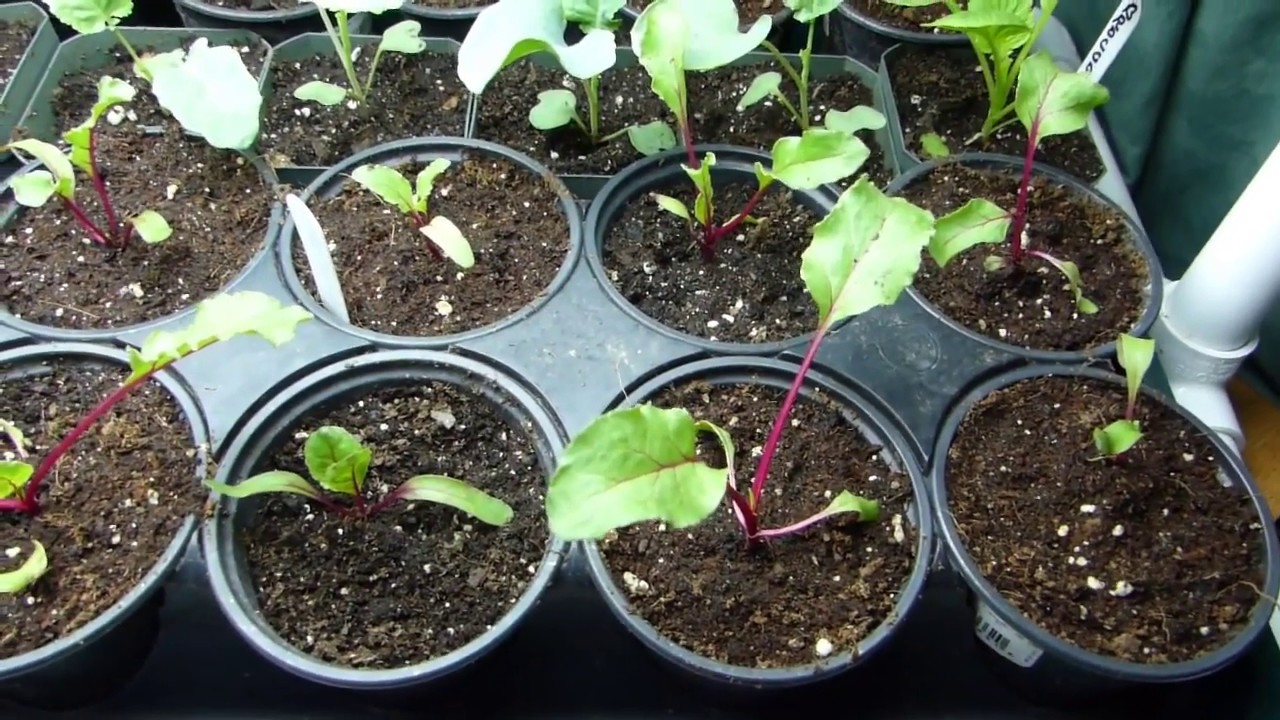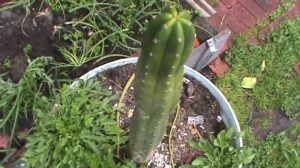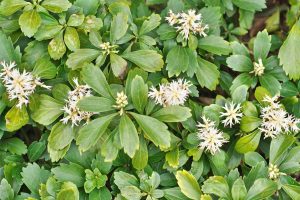
If you have an urban garden or if you are thinking of mounting one, the beet or beet is one of the favorite horticultural plants to grow by the gardeners. They are also one of the most cultivated vegetables in the field gardens. In this article, we will show how to grow beetroot seedlings. Beets are very nutritious, read more about the properties of beets. We can use them in salads, smoothies and smoothies, gazpachos, cooked in the oven, etc.
How to grow beetroot seedlings?
The beet table, Beta vulgaris, belongs to the botanical family of the Quenopodiaceae and, like chard, parsnips or carrots, are biannual plants. They have a life cycle of 24 months: the first year the tuber, then they bloom and produce seeds. There are red, white and yellow beets, which may have more rounded or flattened shapes. You may also like: How to grow hydroponic strawberries

Sowing
Beet is a horticultural plant that reproduces by seeds. We plant it directly in the place of cultivation, without having to prepare seedbeds or seedlings. They are not an especially easy seed to germinate, so if we let them soak between 4 and 6 hours before sowing, we will have more probability of more seeds germinating. You do not need to bury the seeds very deep, about 2/3 cm is enough.
Cover them without pressing the earth too hard. Leaves a separation of 35/40 cm between plant and plant. If you plant in a staggered way. For example, every two weeks, you will be able to harvest little by little during the whole season. For other vegetables, look at the sowing calendar.
Substrate
We must avoid soils or substrates with little drainage and poor in organic matter. Ideally, beets should be between 20/25 cm deep to grow well. In case you are going to plant them in pots. The substrate must be rich in organic matter and be free of stones and large lumps of earth.
pH level
The pH of the soil is very important. It can affect the bioavailability of nutrients and the development of the plant. In general, beets grow well at pH between 6 and 7.
Light
The beetroot grows best in full sun, look for a site that receives at least 5 hours of direct light a day. Avoid planting in semi-shade locations, under other larger plants or trees and shrubs.

Irrigation
It is important to keep the soil moist once the seeds are planted (this will favor germination), but without overdoing it with water. You can put mulch or mulch around to keep the moisture in the ground. In addition, mulching helps maintain a more homogenous temperature in the soil and prevents unwanted or adventitious plants from growing. In general, beet is a type of crop that requires moist soils.
Temperature
The beetroots tolerate well the low temperatures, although they prefer zones with temperate temperatures and with humidity. The truth is that it is a plant that we can cultivate practically all year.
Pests
The most common in the cultivation of beet or beet are the aphid, nematodes, beet fly and may have diseases caused by fungi. In any case, we have many options at our disposal when it comes to preventing and fighting pests in an ecological way.
Harvest
Depending on the variety, it can be harvested in 90 to 120 days, when the beetroot measures between 4 and 8 cm in diameter and are ready to eat. If they are larger, they may not be so tender. By the way, the leaves of the beet can also be used like other green leafy vegetables: in green smoothies, salads, soups, steamed, stews, etc.
I recommend you look for beet varieties in your area. So, they have more chances of being healthier and better weather the weather, pests and diseases. You also contribute to maintaining the native varieties of beetroot seedlings.





